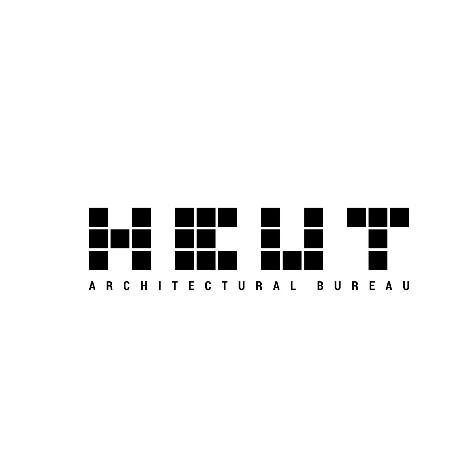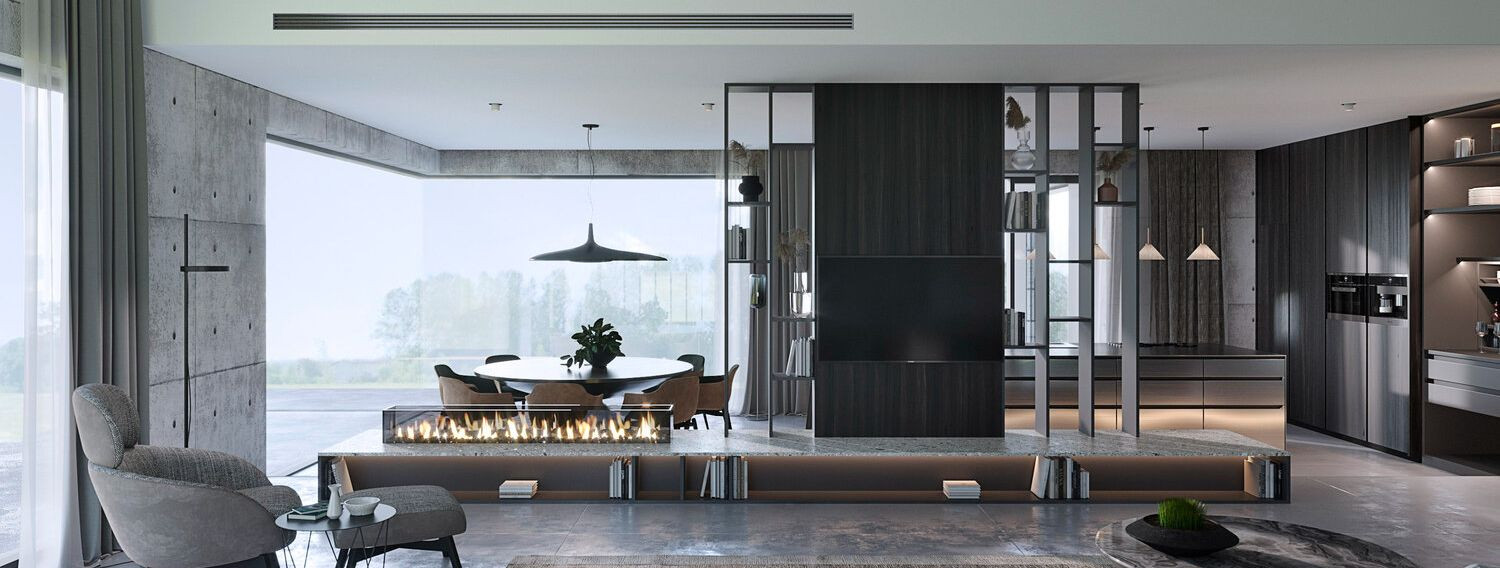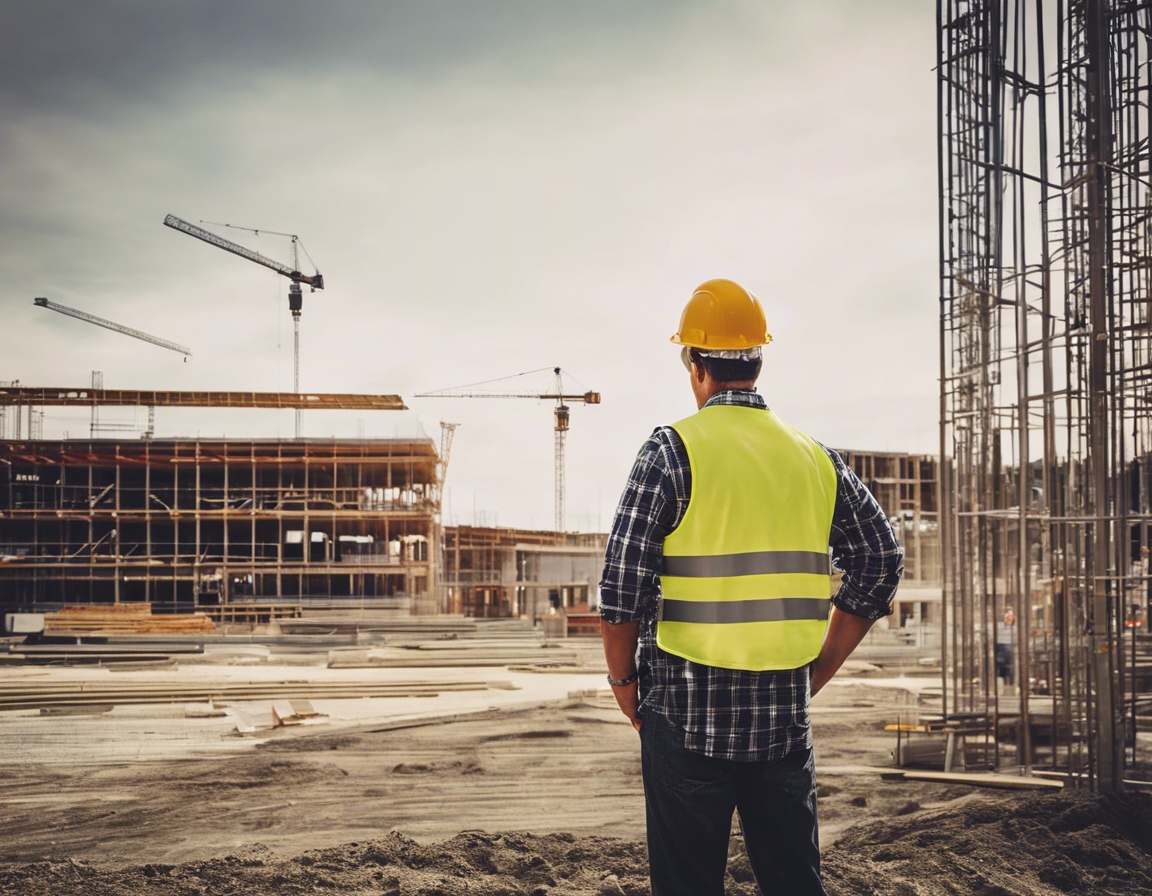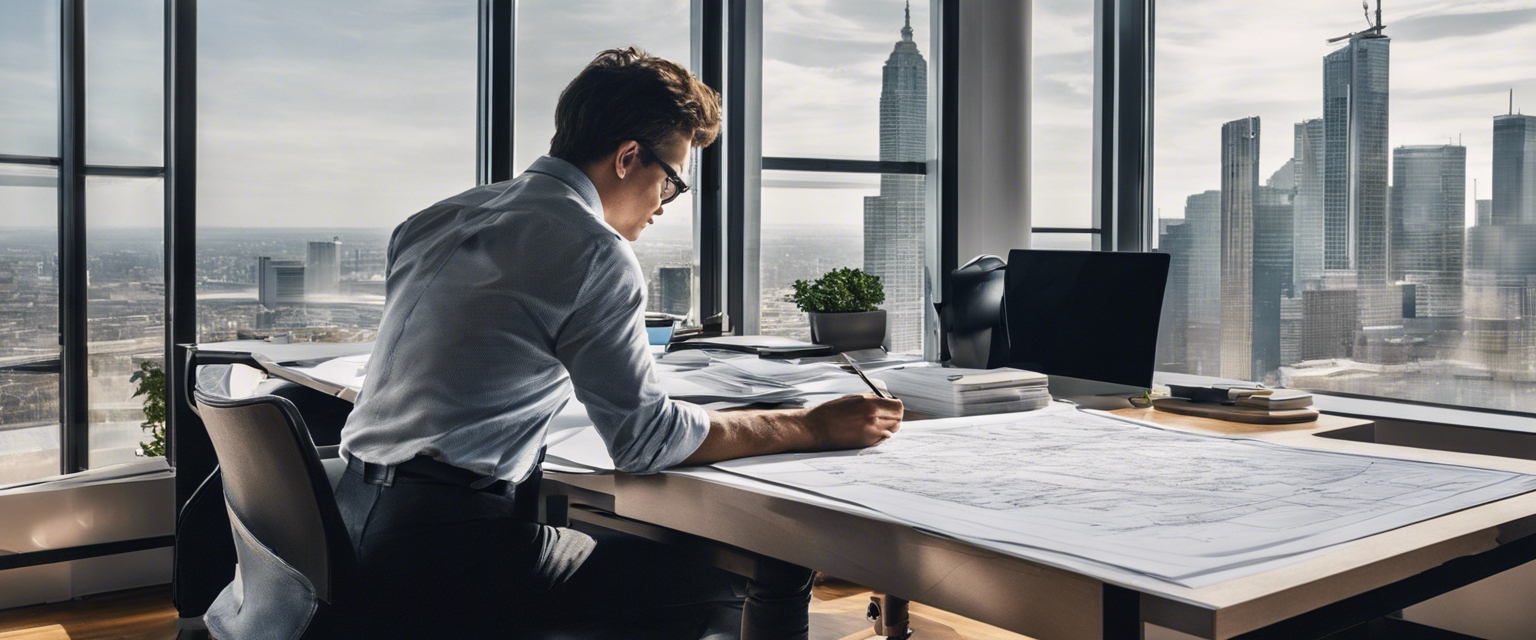The art of integrating nature with modern design
Biophilia, a term popularized by the American biologist E.O. Wilson, refers to the innate human affinity for nature. This concept has given rise to biophilic design, an approach that seeks to connect building occupants more closely to nature. Biophilic design incorporates natural light, plant life, natural materials, views of nature, and other experiences of the natural world into the modern built environment.
Integrating nature into modern design is not just aesthetically pleasing; it has tangible benefits. Research shows that natural elements in design can reduce stress, enhance creativity and clarity of thought, improve our well-being, and expedite healing. As the world becomes more urbanized, these benefits are ever more significant.
Principles of Nature Integration in Modern Architecture
Maximizing natural light and creating open spaces can transform a building's ambiance. It not only reduces the need for artificial lighting but also provides a connection to the outdoor environment, aligning with our circadian rhythms.
Using organic materials such as wood, stone, and bamboo brings the outside in, creating a sense of warmth and authenticity. Textures that mimic nature can also be used in finishes and furnishings to enhance the sensory experience.
Designing spaces that flow seamlessly from inside to outside blurs the boundaries between the built and natural environments. This can be achieved through large glass doors, outdoor living areas, and transitional spaces.
Incorporating plants, trees, and gardens into design plans not only improves air quality but also adds visual interest and can be used to create natural partitions within spaces.
Introducing water features, such as fountains or ponds, can have a calming effect and add a dynamic, reflective element to a space.
Techniques for Incorporating Natural Elements
Living walls or vertical gardens are not only visually stunning but also improve air quality and can reduce noise levels. They are a creative way to bring greenery into urban settings where space is limited.
Designing buildings with natural ventilation reduces the reliance on mechanical systems, saving energy and creating a healthier indoor environment.
Colors found in nature can be used to create a serene and inviting atmosphere. Earth tones and greens can be calming, while blues can be refreshing and invigorating.
Using renewable resources and energy-efficient designs not only integrates nature into architecture but also respects and preserves the natural environment.
Challenges and Considerations
Each site has its unique characteristics and challenges. A design that integrates nature must take into account the specific climate, landscape, and ecosystem of its location.
While aesthetics are important, functionality must not be compromised. The design should enhance the user's experience and meet their needs.
Adhering to building codes and sustainability standards is crucial. These regulations ensure that the integration of nature into design is done responsibly and sustainably.






Comments (0)